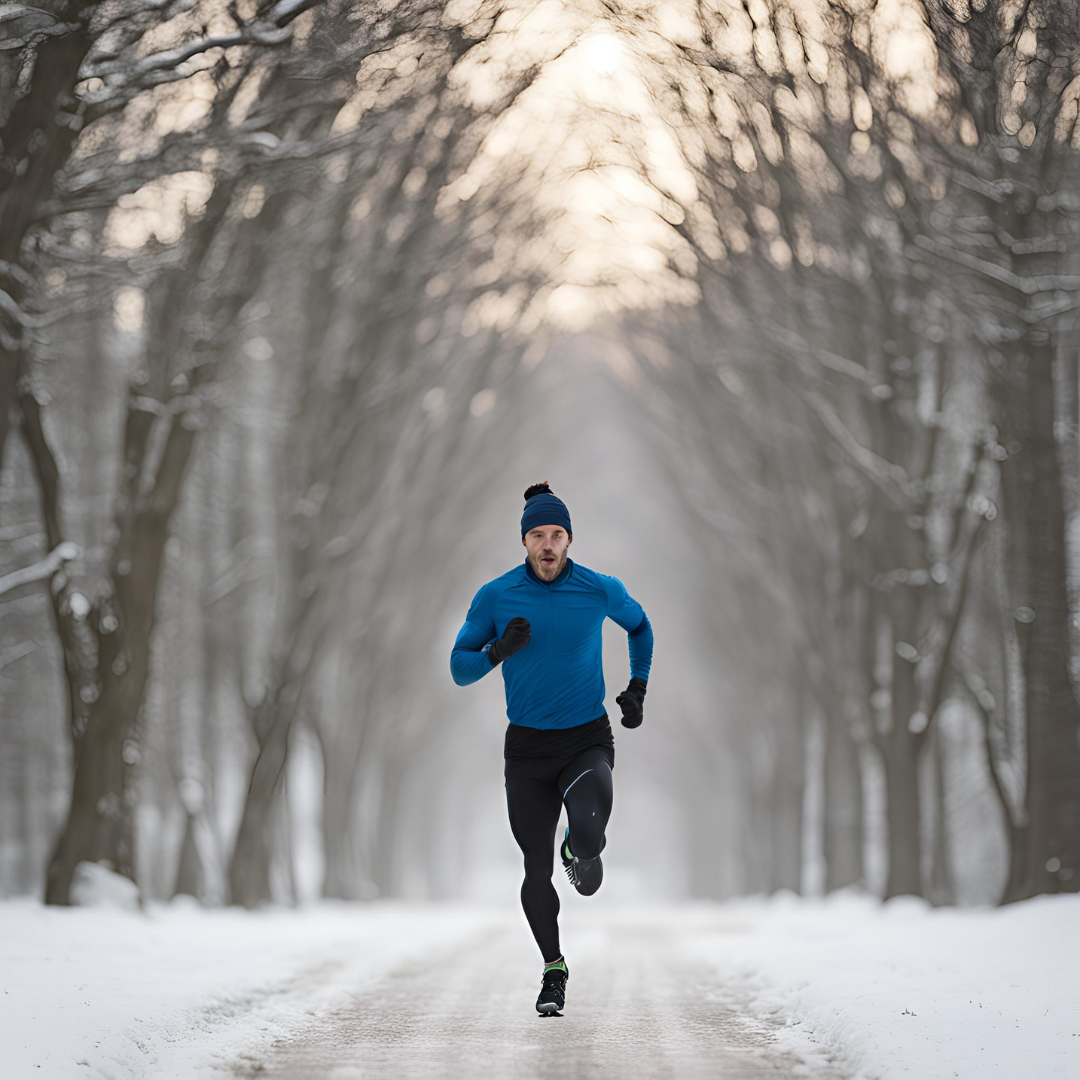Running in colder climate conditions takes quite a bit of planning. Whether you live in colder climates or run often during the winter seasons, chances are you have a bevy of winter running clothes at hand, and the mere mention of “layering” comes naturally to you. But if you are residing in warmer climates, such as the south or southwest, layering for cold-weather running might leave you a bit confused as to what to take wherever and whenever you plan to run.
The mountain states temperatures tend to change almost every 15 minutes or so, therefore it is crucial to know what type of fabrics and layers will suit your body during a long, or even a short, run. Read on to find out how to layer properly for cold weather running.
Cold weather running
Most running wear designers who cater to the cold-weather runner have tested and proven just what fabrics will work, how to layer them properly, and who is most suited to wear each piece based on length of run and how cold the weather plans to be. Running wear is definitely big business. With all the manufacturers, such as Nike, Brooks, Adidas, Moving Comfort, and Asics, to name a few; they are not only running shoe makers, but have completely branched out into the running wear category.
If you are privy to running in outerwear besides cotton, it might behoove you to pay attention to the forecasts before launching out into the elements for any duration. It can often be tricky in layering, mainly due to your current core body temperature. If you tend to run hot, too many layers will undoubtedly be leaving you with the feeling that you have to carry all your excessive clothes about 30 minutes into your run. If your natural body temperature leans towards the colder side, making sure you have plenty of the right fabrics hugging your body will keep the run comfortable and long-lasting.
There is a saying that “the first layer is always the most important” when running in colder weather. If you are prone to lots of sweating, then you will want a fabric that wicks away your sweat without leaving you chilled post-run. Chances are you have pretty much shed some extensive layers, wrapped and tied them around your waist, and feel exhilarated after a cold running workout. But, even as 5 or 10 minutes have passed, your body temperature begins to drop and you feel cold again, especially if you are stretching outside after your run. This is where those layers come in handy.
Fabric choices
We’ve broken down a few fabric choices and how to specifically layer for the average runner, with a rather normal body temperature. The best way to determine what would work best for you is to experiment with a 40-minute run in the colder weather. See how your body feels and if you are comfortable throughout the workout. If not, layering will be required. It is always a good idea to start with a semi-warm body, but not too many layers, as it will feel like shell-shock when you begin to peel away the clothes before your run.
- Polypropylene, capilene, and some wool/synthetic blends – these fabrics wick away moisture from your body and keep you as dry and warm as possible. This should be your first layer, right down to your socks. Because cotton has been so popular since the 70’s and 80’s, it’s best to avoid wearing any cotton during a training run, as this fabric has very little insulating ability and will leave you cold, wet, and feeling uncomfortable.
- A protective shell – it is crucial that you wear some sort of clothing to protect you from the wind and the colder weather precipitation. Gore-Tex is a popular material that does the best job of keeping moisture from entering into the body from the outside, while releasing the inside moisture from your skin. Nylon is also a quality material, and can be more affordable.
- Cover your exposed skin areas – your body loses a majority of its heat through the head and hands, therefore a hat and gloves are absolutely essential to running in the cold weather. Once you’re well into the run and feeling almost too hot, then it is okay to shed the hat and gloves, and only if you’re comfortable. If the outside is almost unbearably freezing, a facemask will help, as does covering your face in Vaseline to ward off the cold.
- Thin layers versus heavy layers – with the above-mentioned materials as your first layer, the key is to not add too much bulk, otherwise you will feel uncomfortable and hot. This also applies to your socks. Two pairs of capilene or very light wool socks is considered okay, but be careful that they don’t cause your shoes to fit too tight, as this alone will make for a very unpleasant run causing potential blisters. Heavy upper garments can also become too cumbersome and hot for many runners. Stay away from heavy fleeces, if at all possible. Even if you start running cold, this material is difficult to run with, as you may end up stashing your vest or jacket somewhere along the path during the run. Keep with the thin layers, and be mindful of that first one closest to your skin.
Temperature ranges
Here is another simple checklist with temperature ranges and what clothes to think about before you set foot out the door:
- 40-49 degrees – long sleeved t-shirt, shorts, tights, or wind pants. Light mittens or gloves.
- 30-39 degrees – polypropylene long-sleeved t-shirt with an added light t-shirt on top, long tights or shorts, mittens or gloves, hat over your ears.
- 20-29 degrees – thicker long-sleeved polypropylene or capilene t-shirt, long tights and shorts, wool/synthetic socks, mittens or gloves made of light fleece, hat over the ears.
- 10-19 degrees – wind suit (top and pants), long-sleeved polypropylene t-shirt, tights, wool socks, mittens or gloves, thick hat over the ears.
Temperatures below 10 degrees will require a facial mask, possibly Vaseline applied to the face, and the same above regular cold-weather layering. What to wear during a cold weather run can be very easy; it simply takes forethought and planning. If you choose to run in extreme temperatures, just make sure that your clothes are comfortable, warm, and will keep you dry to the finish.



